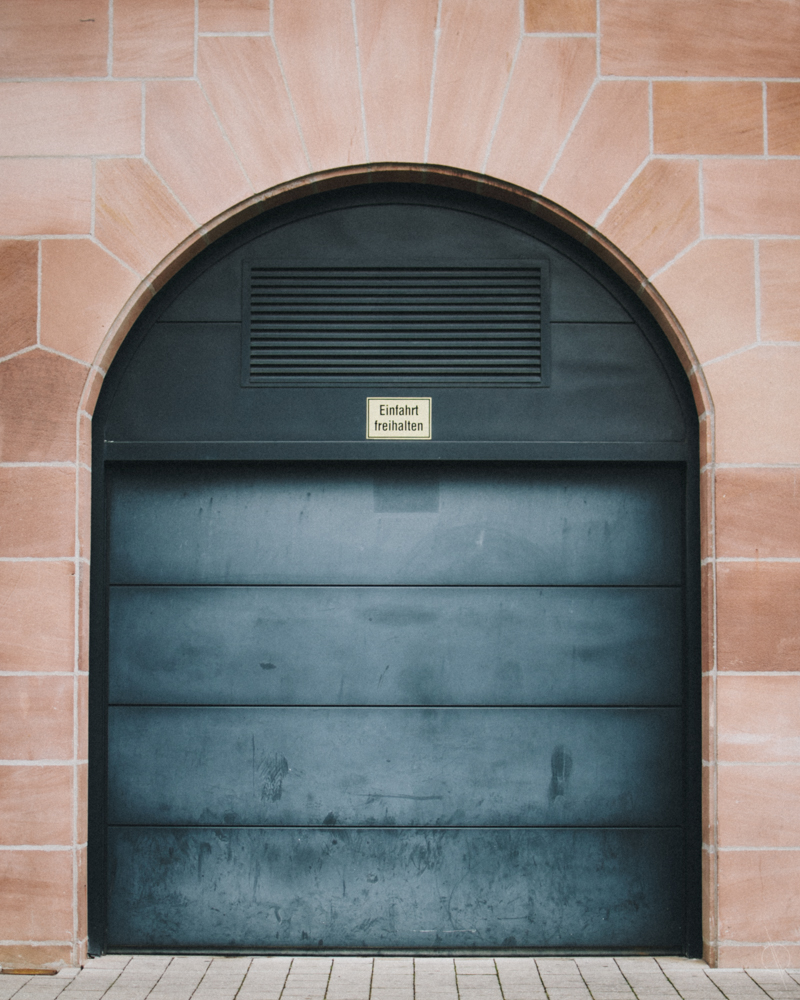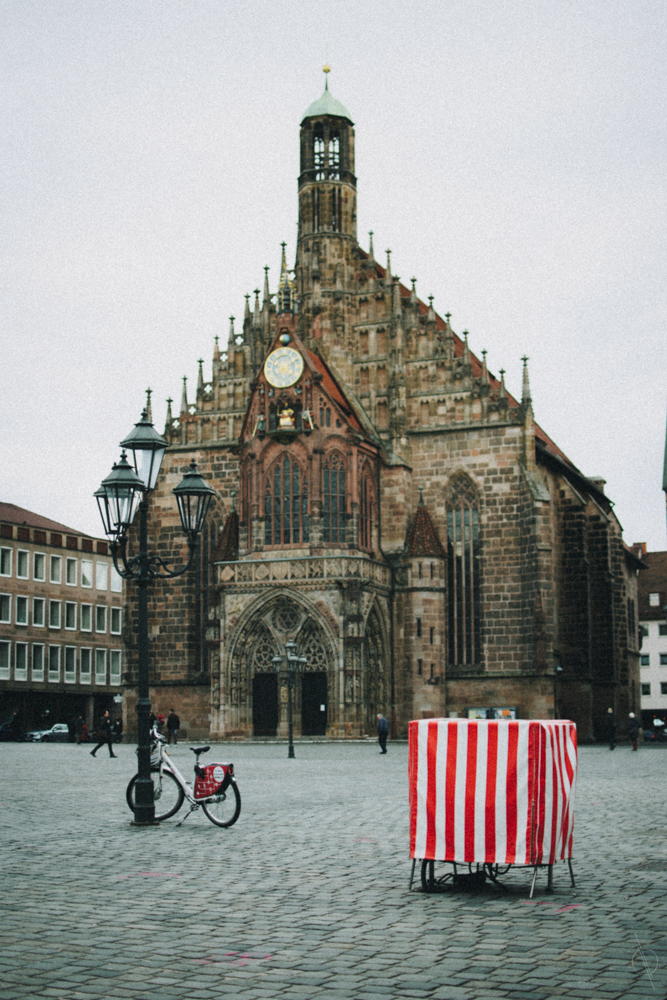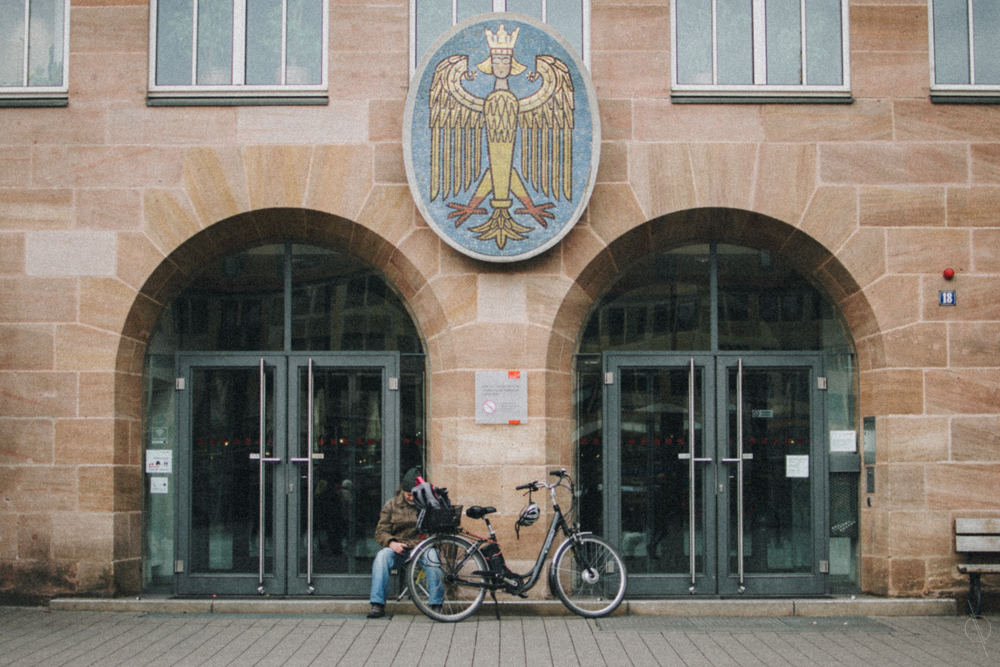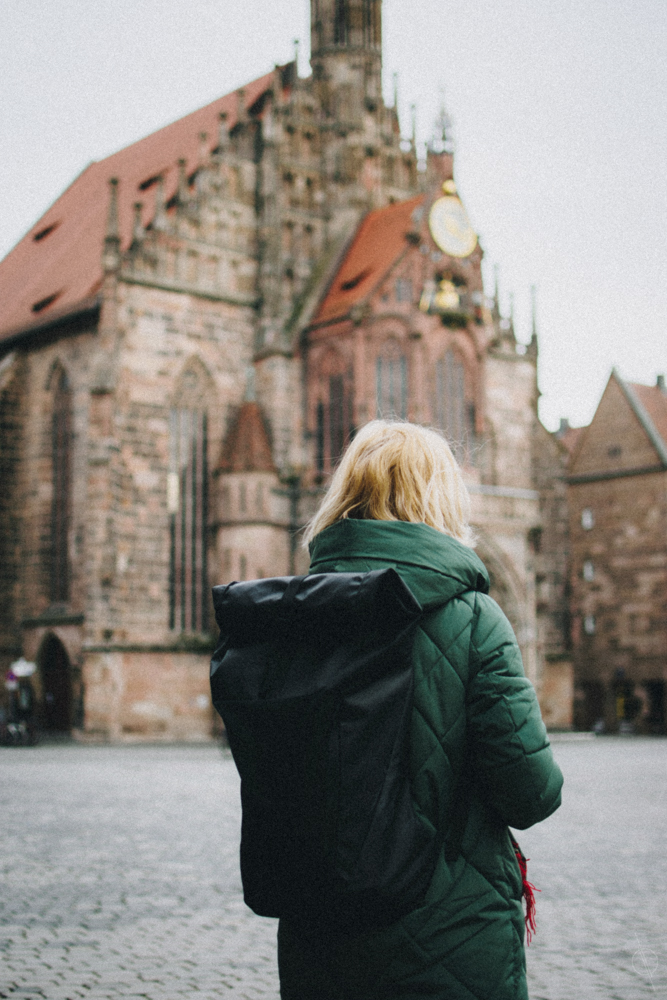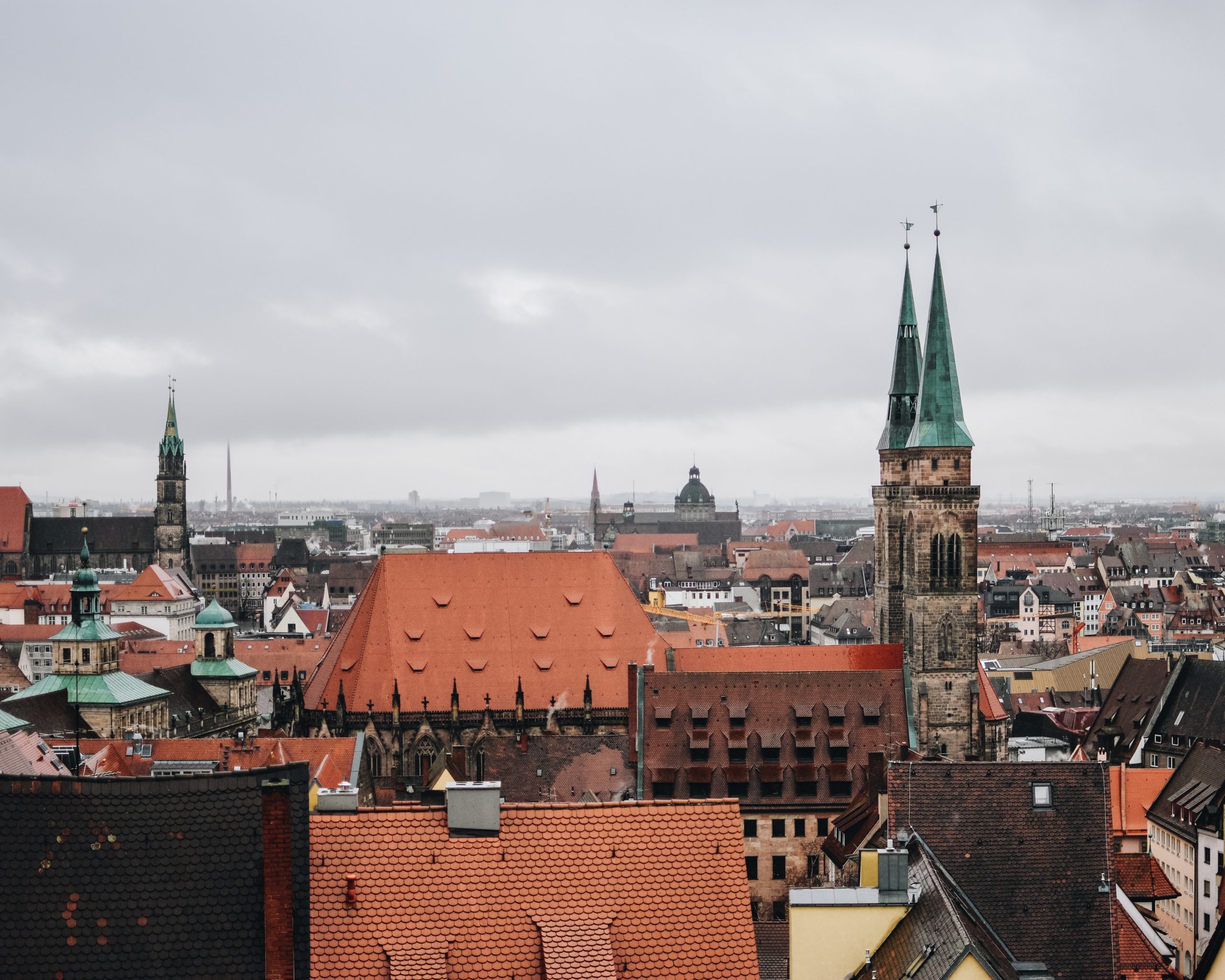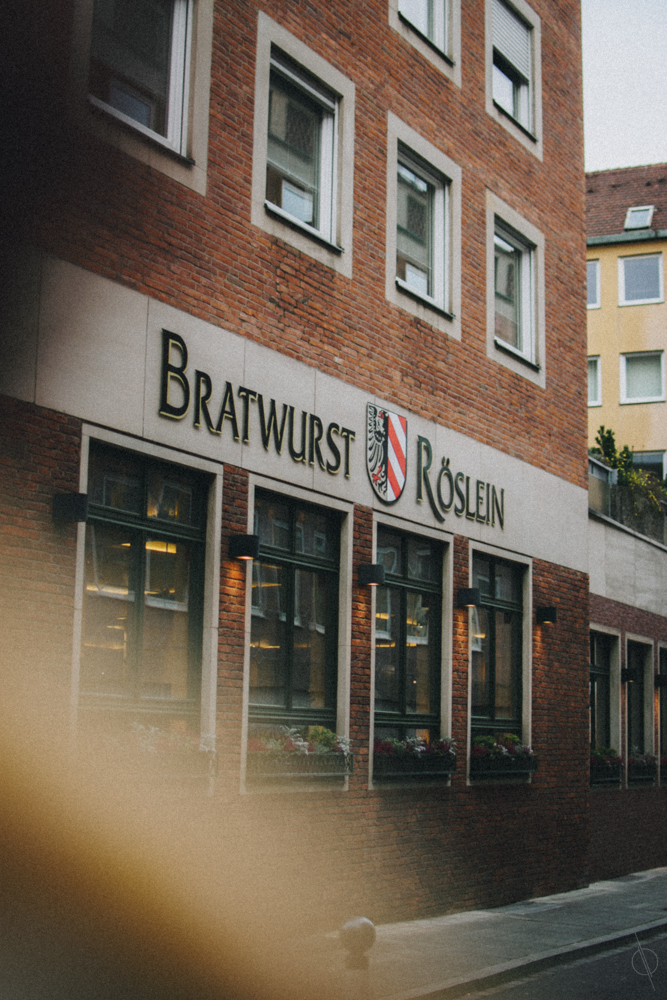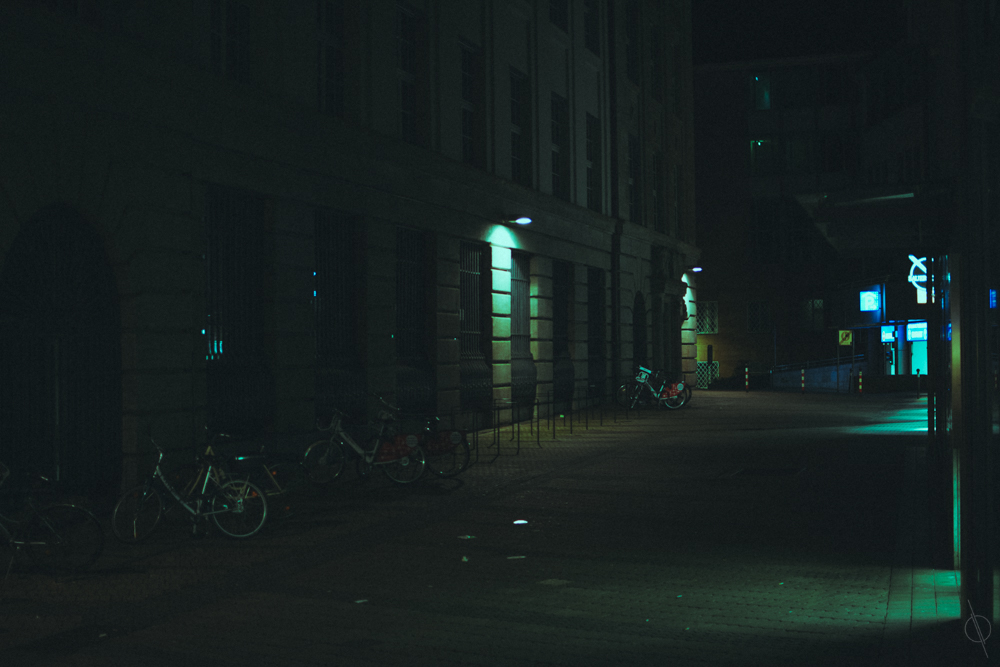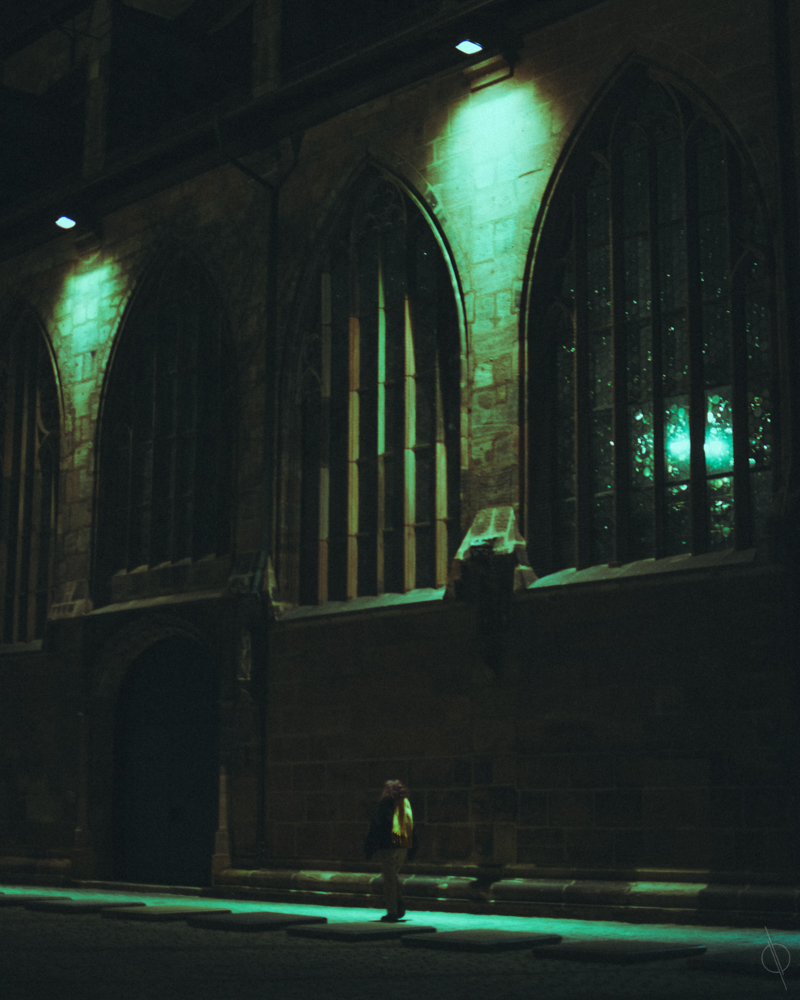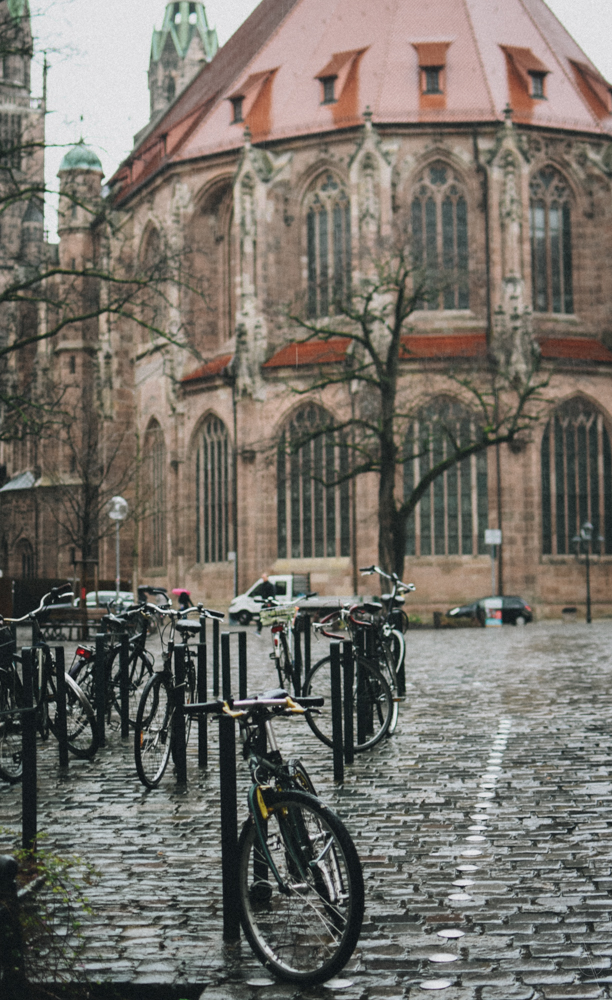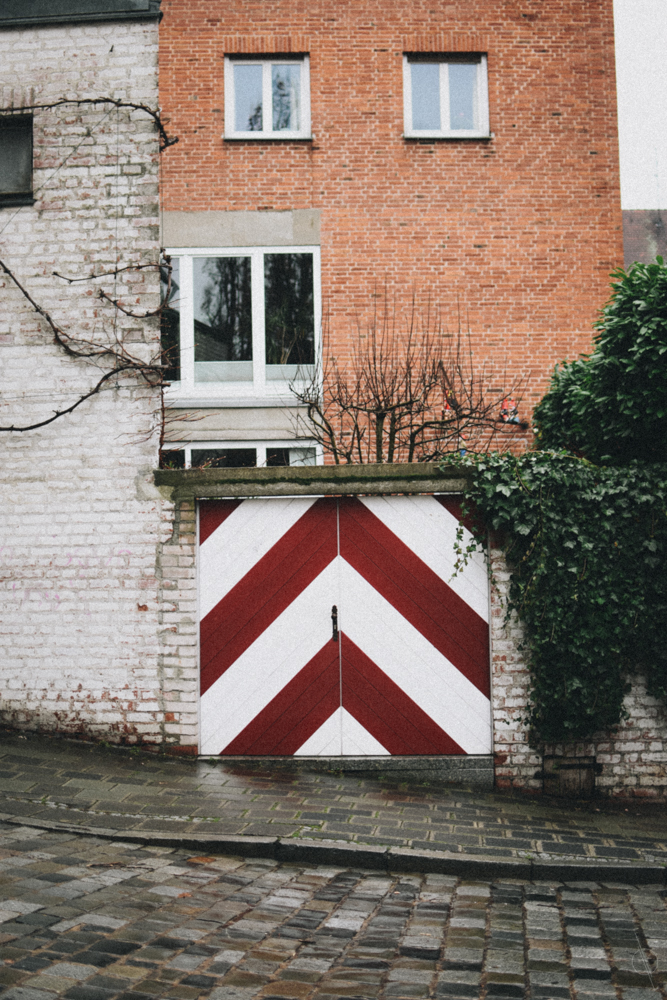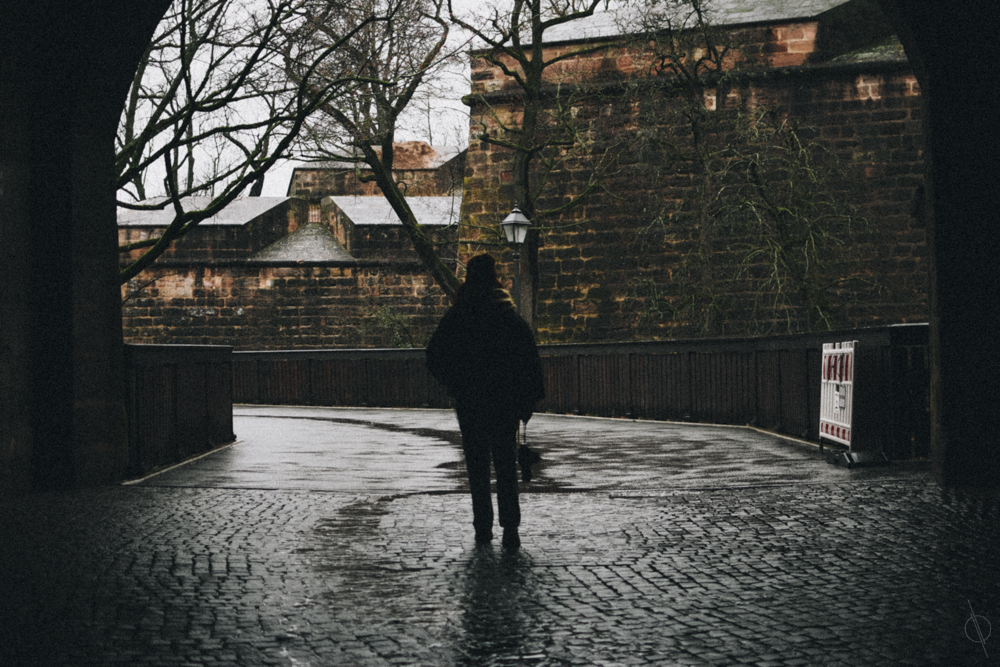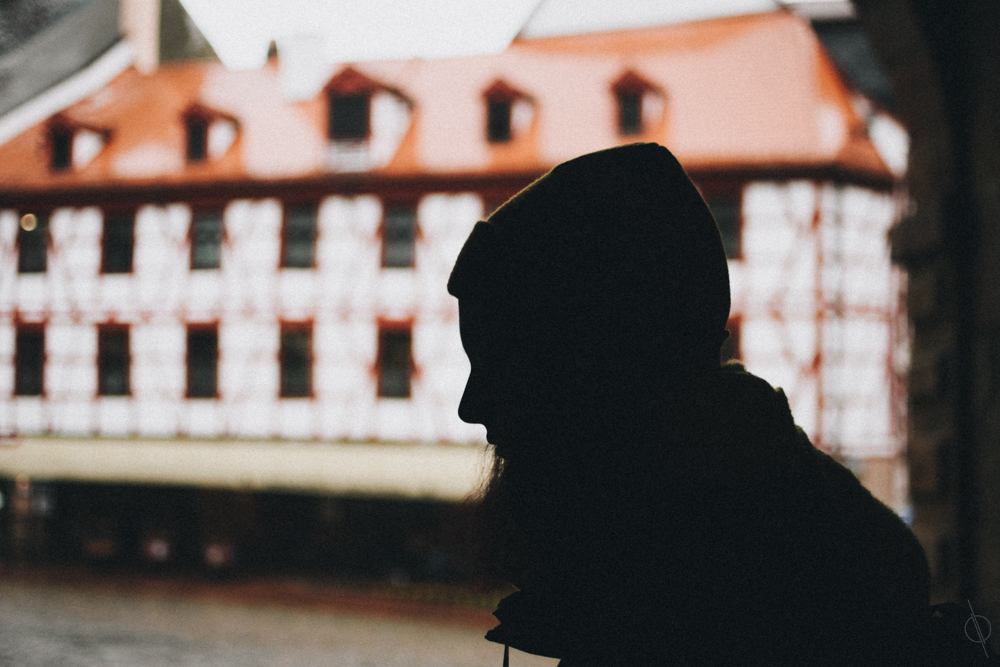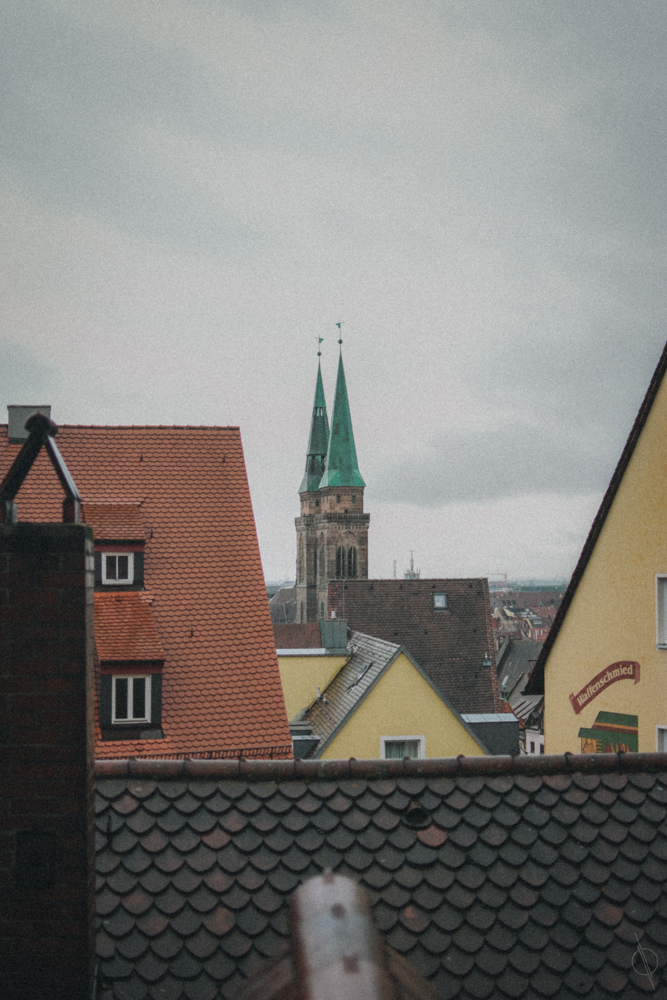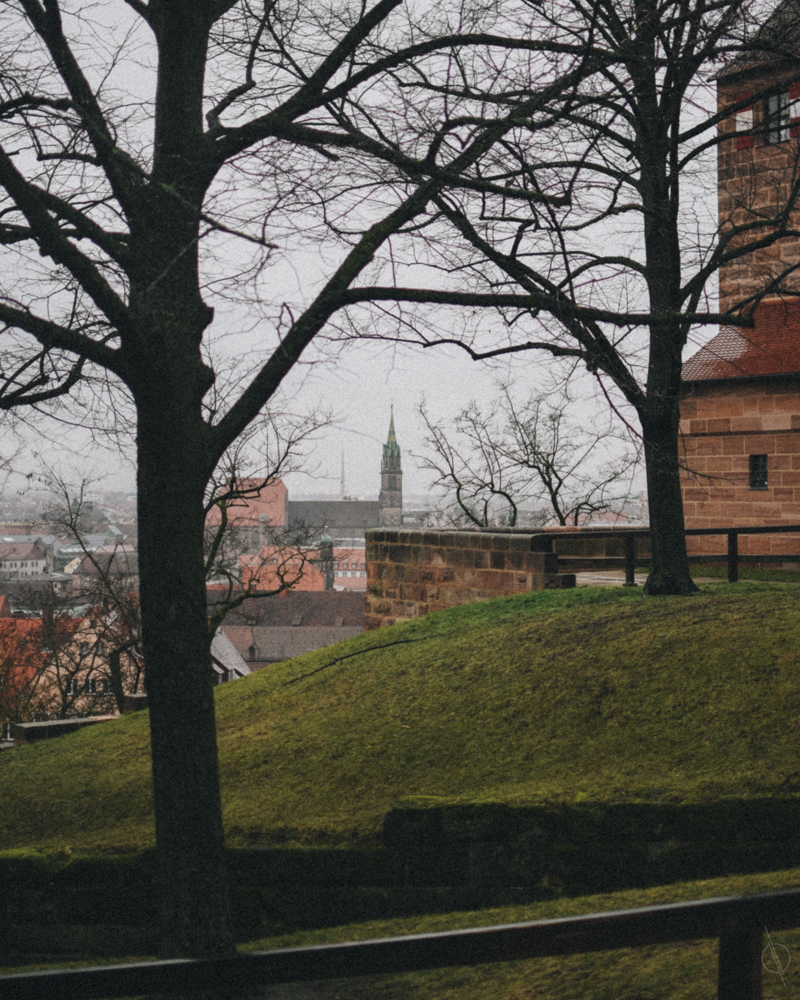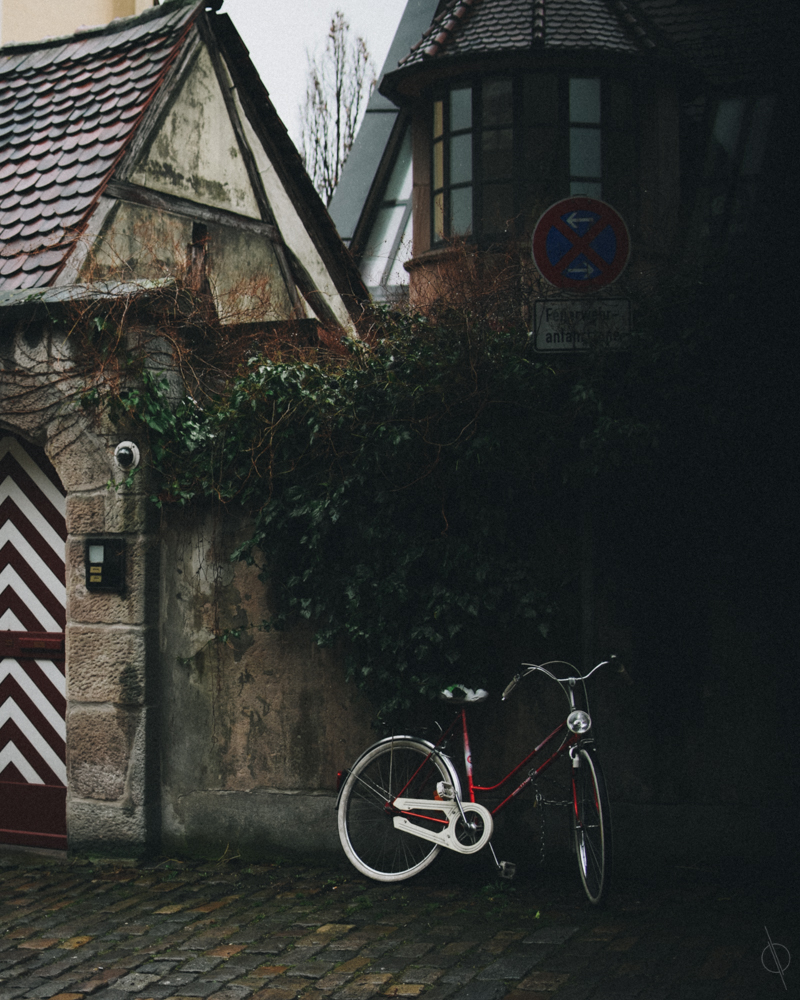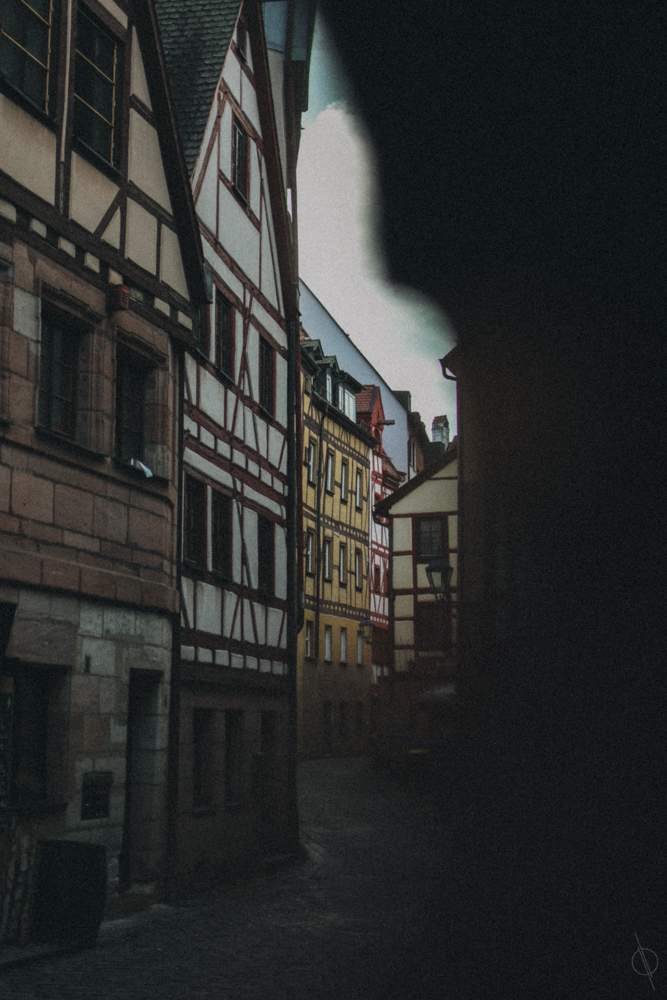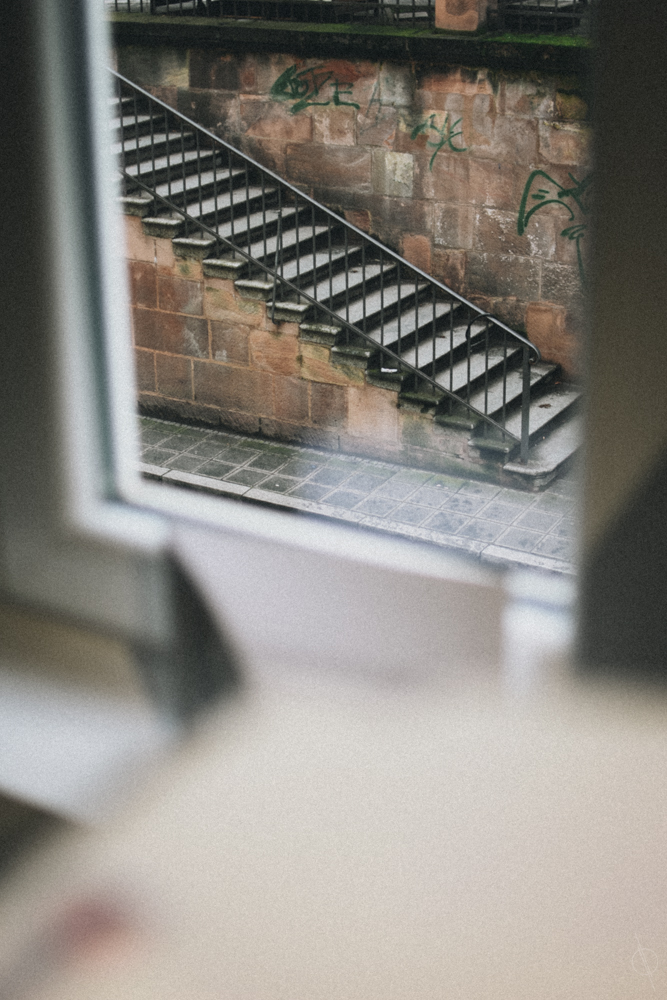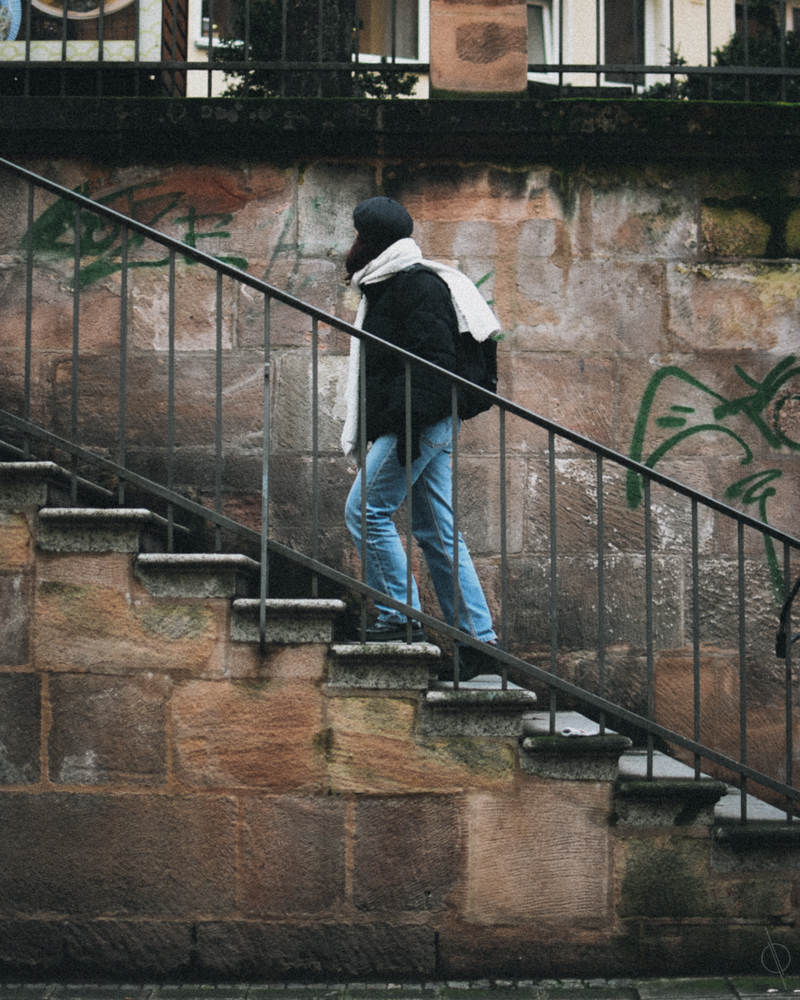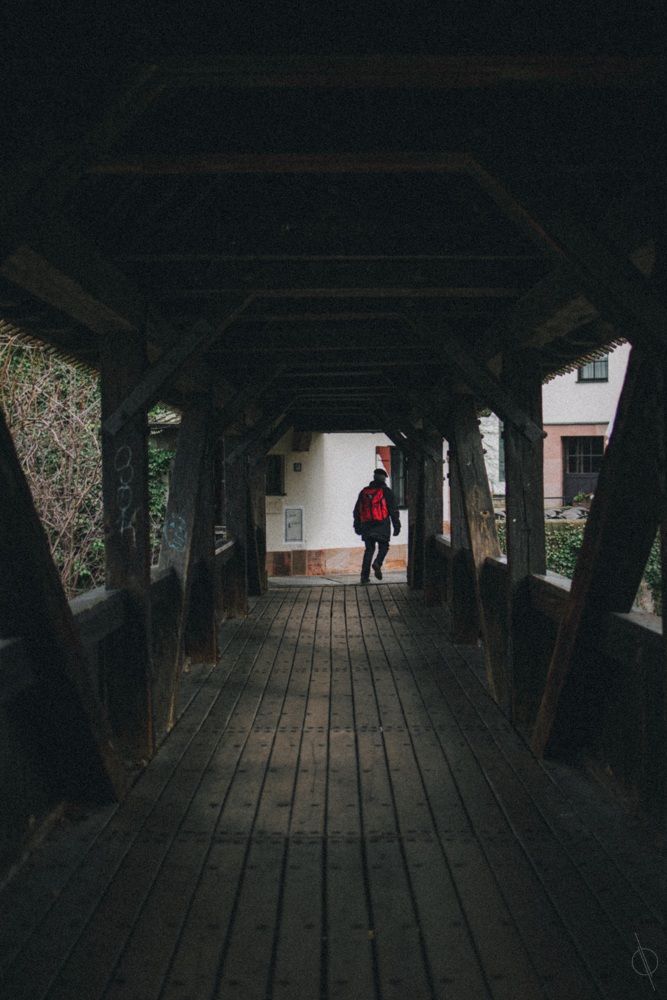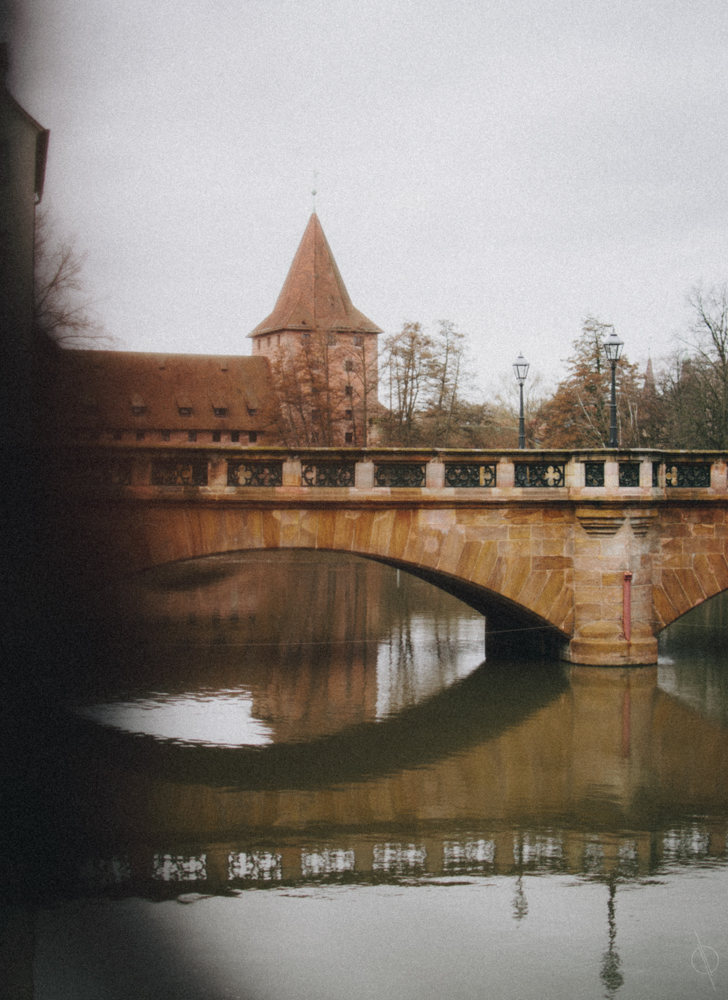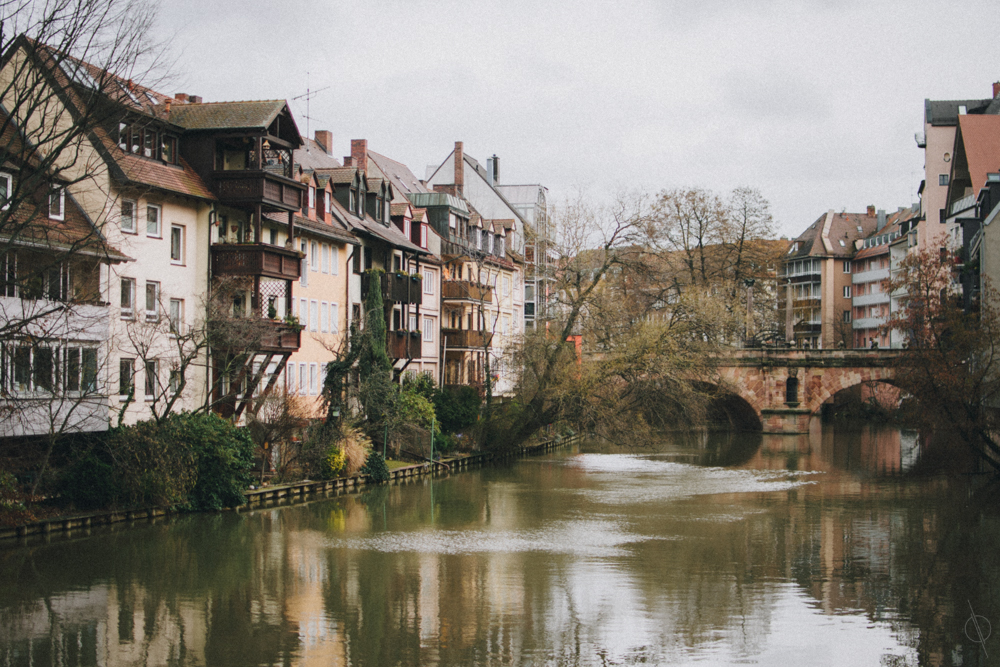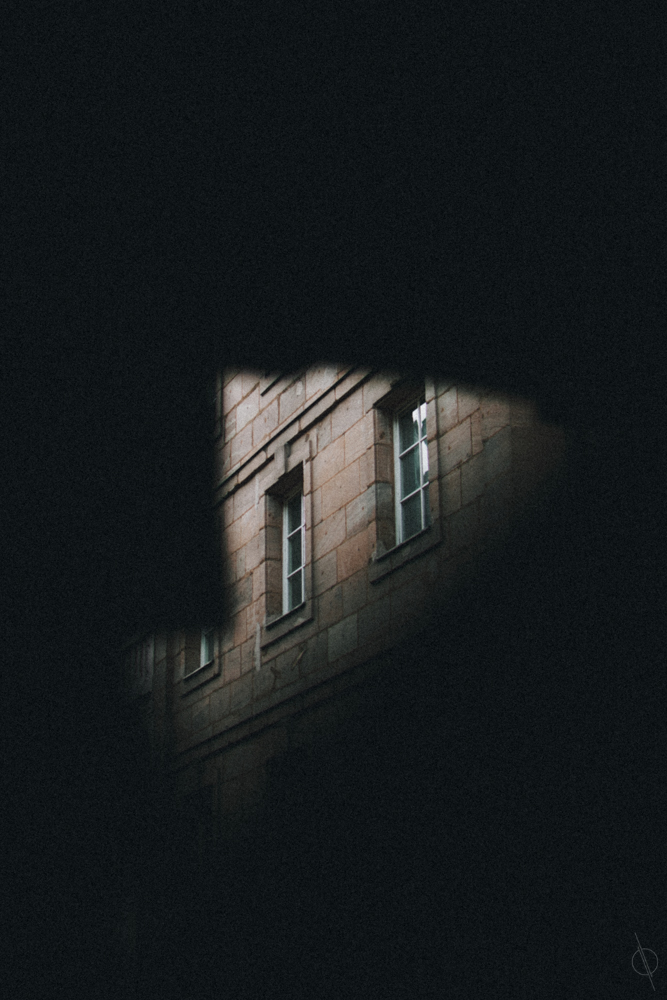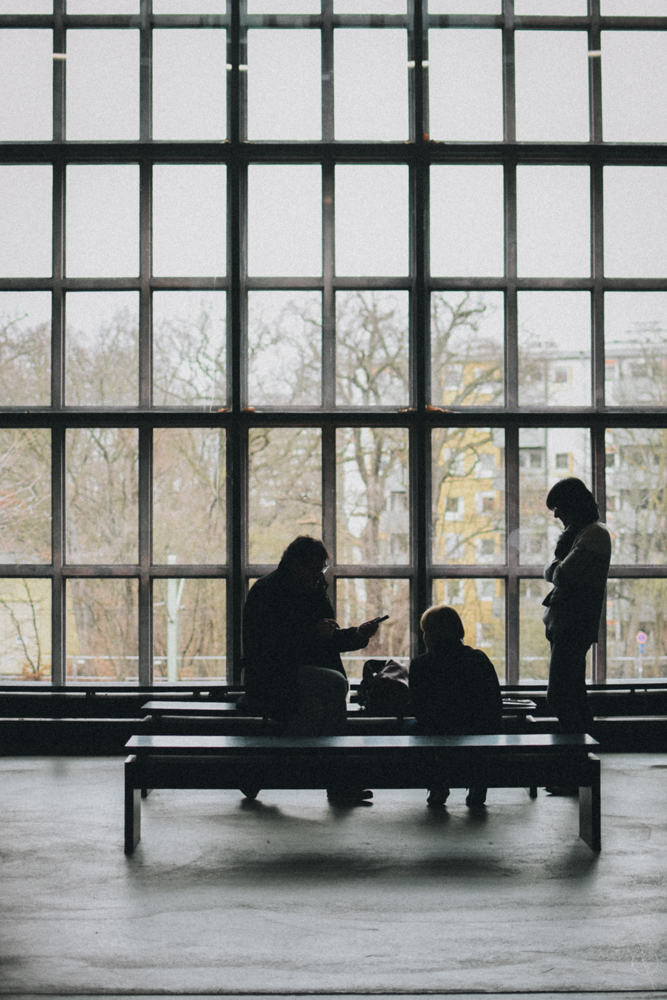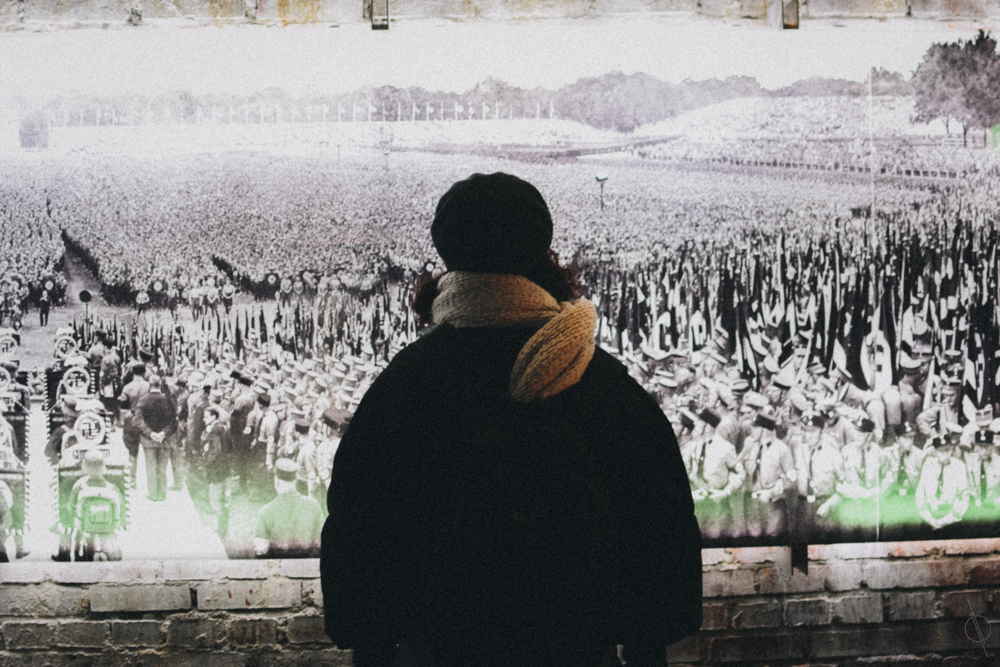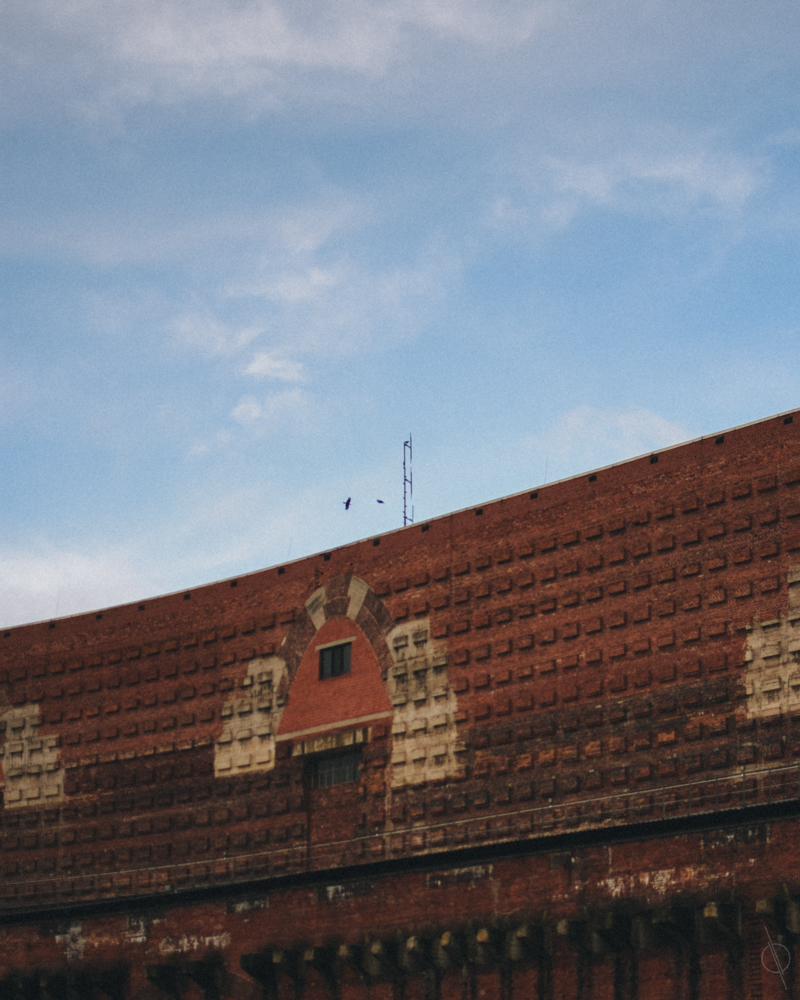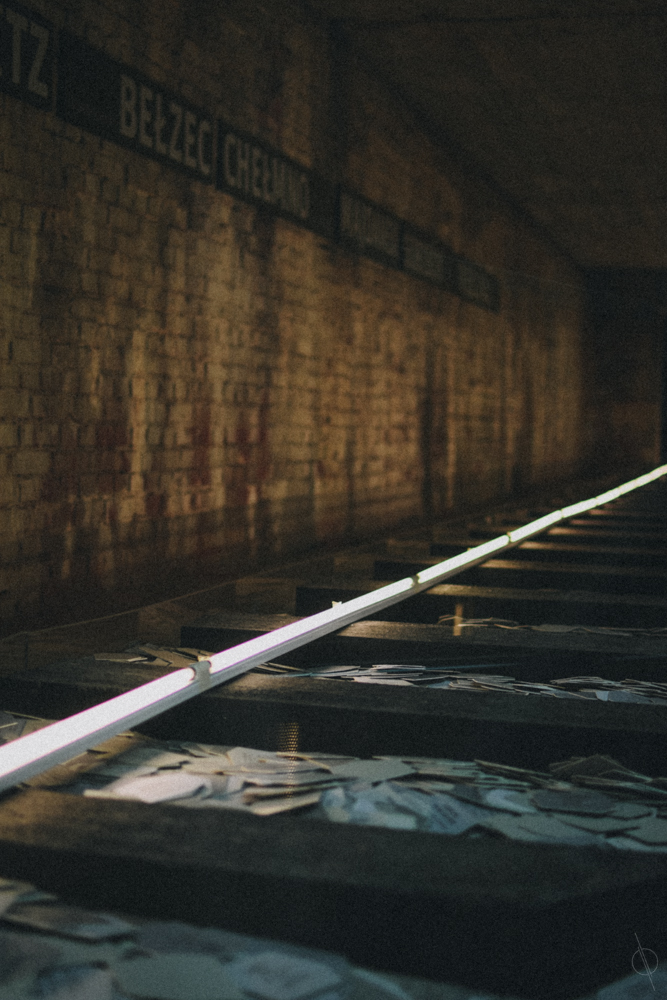My company and I visit the Bavarian city of Nuremberg (German: Nürnberg) on February 16, 2020, almost one month before the first European lockdowns of the COVID-19 pandemic.
With around half-million people, Nuremberg is the second biggest city in Bavaria (after Munich) and one of the largest in Germany. The first documentary mention of the city is in 1050 but perfectly connects medieval times with modern life. The main sites of the city are the Medieval Castle, the Gothic Frauenkirche, the Heilig-Geist-Spital, Albrecht Dürer House, and finally the most important, the Documentation Centre at the former Nazi party rally grounds.
Documentation Center Nazi Party Rally Grounds.
The Documentation Center Nazi Party Rallying Grounds is a museum which is concerned with the causes, connections, and consequences of Nazi Germany. Topics that have a direct reference to Nuremberg are especially taken into account. Attached to the museum is an education forum. Nuremberg held great significance during the Nazi Germany era. Because of the city's relevance to the Holy Roman Empire and its position in the centre of Germany, the Nazi Party chose the city to be the site of huge Nazi Party conventions — the Nuremberg rallies.
Source: Wikipedia
The city of Nuremberg makes you feel like you are visiting an older era. Anyone can very easily realize this with a simple walk. The characteristic of the city is undoubtedly the windows and doors, which are painted in red and white. You will notice them in every corner. Personally, the old town seemed to me to be the most interesting part of town (Altstadt). We are next to the river Pegnitz, and we started for the main square of the city and later the medieval castle. As I mentioned before, we visited the city in February, a particularly rainy season for Germany. In addition, the first cases of the virus had appeared in the country, and in fact in our neighboring city, Munich. The truth is that the streets were disappointingly empty. Probably the reasons I mentioned above played a decisive role. We walked outside the Hospice of the Holy Spirit and arrived at the main square which is delightful. Also, there you can see, one of the most important Gothic temples, the Frauenkirche (14th century). A special temple, worth visiting. We started to climb the hill and approached the house of Albrecht Dürer (1471–1528). This space is a museum and in fact, it is free. There you will have the opportunity to see the place where the great artist lived and worked (1509–1528). We reach the gate of the castle and the view is enjoyable. The whole old city, but also a part of the new/modern city. You are given the opportunity to see the charming skyline of the city while its special architecture makes you not want to leave. The last necessary visit that the traveler should make, perhaps the most important, is without a doubt the Documentation Center Nazi Party Rally Grounds. More information about this museum is available above.
In conclusion, since the city is quite small, you can in a short time (even a few minutes) find yourself from one attraction to another. Nuremberg is a city that offers you another moment in history. For me, who had never visited Germany before, it was something completely different from the other Central European cities I have visited. It does not take many days to explore it, and perhaps the best option is to combine it with another destination. But it is definitely worth our visit.
For more photos & info you can check my Instagram profile here @phoebus_p.



